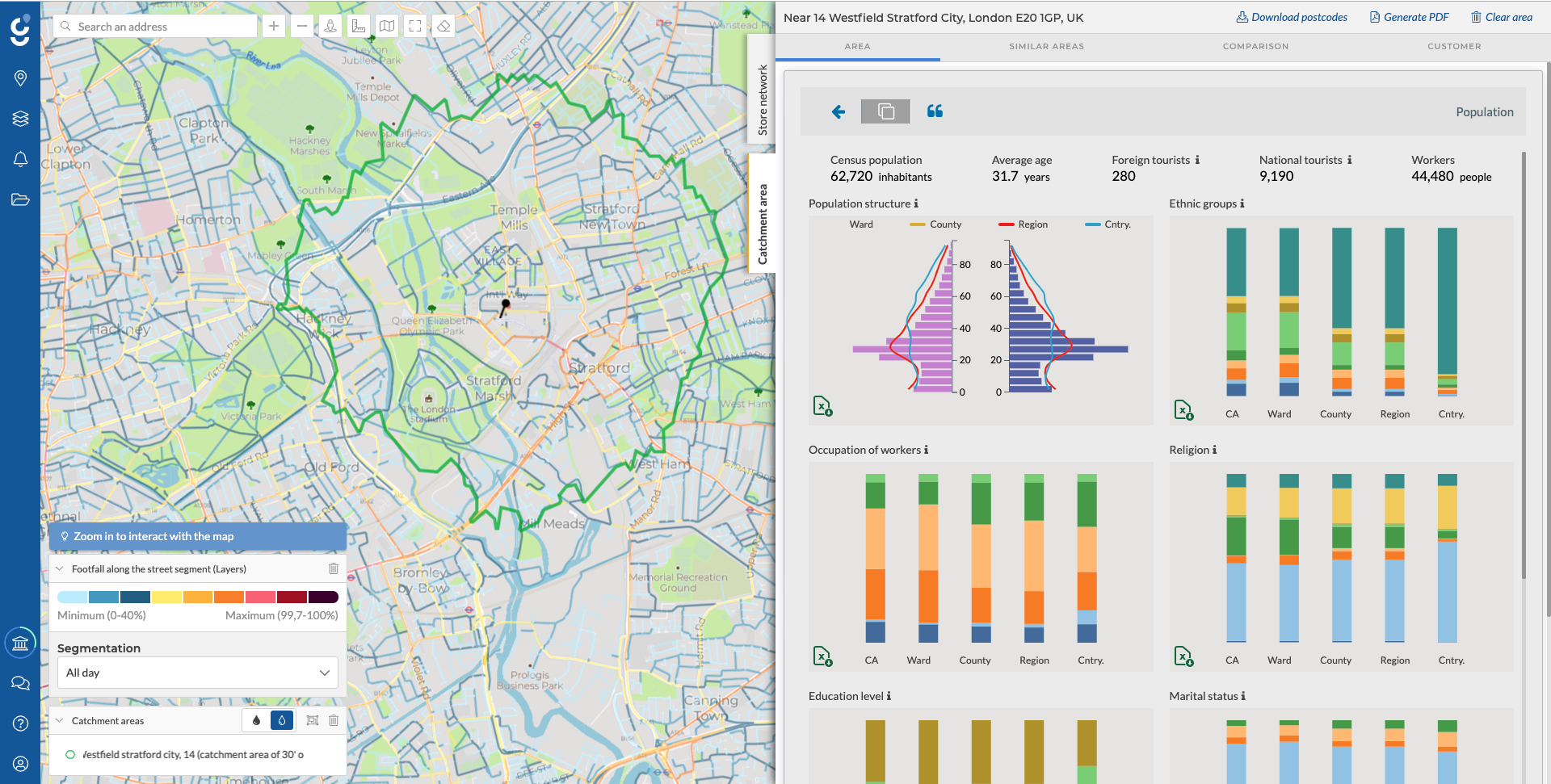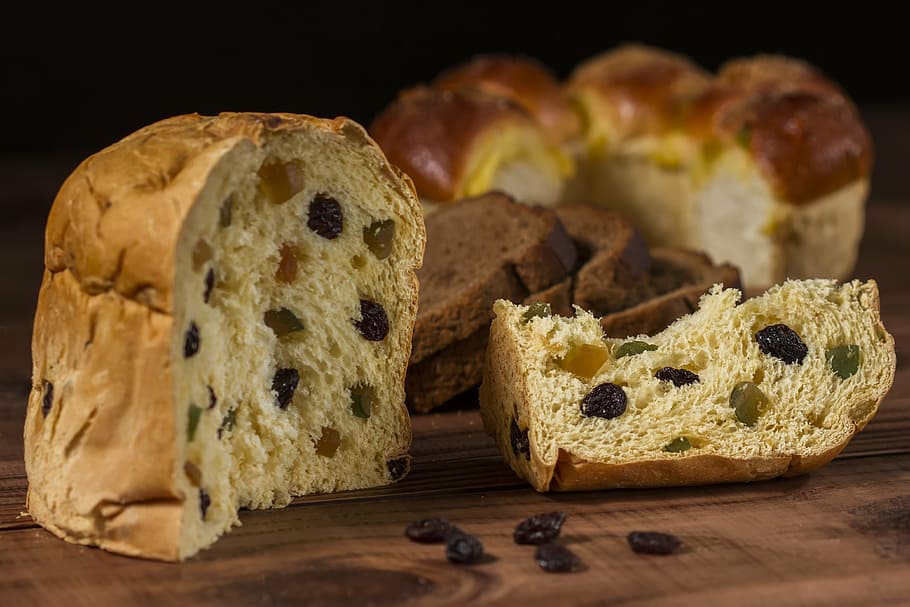This website uses cookies so that we can provide you with the best user experience possible. Cookie information is stored in your browser and performs functions such as recognising you when you return to our website and helping our team to understand which sections of the website you find most interesting and useful.
How to encourage impulse purchases during the holidays
Written by bego ·
The Christmas holidays bring a perfect combination of tradition and consumption… and consumption adhering to traditional guidelines: chocolate, christmas pudding, pigs in blankets, toys and a long etcetera. In this article we’ll review three tactics that have historically worked to activate impulse purchases at the end of the year, but have much room for improvement if they are incorporated into a data-oriented marketing strategy.
In our latest report, “Capitalising on Impulse Purchases of Consumer Goods 2020”, we discussed how impulse purchases can account for up to 16% of total store sales. But how do we make the most of these purchases during the holidays and sale seasons? According to Fox Business, Americans, on average, spend $450 on impulse purchases throughout the year. But which month ranks highest for this type of purchase? You guessed it, December. Who would be capable of buying gifts for all of their friends and family without putting a “self-gift” in the cart? There are marketing tactics that make it impossible to resist these temptations.
Here are three traditional tactics that, with the necessary customization, can give you the conversion you’re looking for.
3 “traditional” tactics… hyper-localized
1- Atmospheric marketing (for the emotional connection)
Creating a welcoming space is not only a matter of differentiation between brands, but also an effective way of attracting consumers and influencing their moods. An appealing sensory experience can encourage customers to spend more money on their way through the point of sale. Are you playing the right music to captivate your audience? Are you transmitting the Christmas spirit they are looking for? A scent of chocolate and cinnamon, thoughtful decor or warm lighting can make all the difference.
Atmospheric marketing has a very strong tradition: a 1998 study by Yoo, Park and Macinnis showed that design, as well as lighting, music and decoration had a major influence on consumers’ tendency to buy on impulse. This remains true today, but… are you making the most of it?
Here’s John Lewis’ 2019 Christmas strategy for boosting in-store shopping:
Tip: Knowing your audience and their buying habits is fundamental when designing a store experience. The average spend between one store and another can differ greatly. Often, what lies beneath these differences is not only varied purchasing power, but simply the diversity of the public. Let’s take a simple example: supermarkets and distributors in London know well how important it is to understand the ethnicity of any given quarter. Turkey will probably be a top seller again this year, but many British Asian families, for example, have a desire to blend their traditions into the festivity. Why not make their life easier with products that connect with their memories? Understanding which establishments are located strategically to support this desire can be key to a rounded Christmas experience.
It’s easy to come up with some hyperlocal ideas for setting up stores in a way that takes advantage of their environment. But to create a cohesive brand strategy that takes advantage of these aspects, it is essential to have reliable and objective data about how the public flows around each store and what characterises it. For example, where can a rap Christmas carol work and where is it better to keep the traditional?
A great example of location, beyond the atmosphere of the establishment, is in adapting to local tastes, as does the Italian wafer brand Loacker, with an important foothold in the American market. Its lemon product sells better on the East Coast and bitter chocolate sells better on the West Coast. But how have you used this information to your advantage?
Discover the different personalised actions that the brand has carried out here.
2- The offer of the day/week (for the buying habit)
Selecting a product and making it the “offer of the day,” or “- of the week”, is an excellent way to encourage impulse buying. The product selected should not only be reasonably priced and easy to carry, but also related to seasonal factors. A great example of this can be found with the LIDL supermarket chain, which offers weekly deals on products “while supplies last”, or Pret a Manger’s Festive Sandwich, sold only during the Christmas Period. What happens? Not only do people constantly look for the next offer, but they also feel the need to buy the product immediately. In addition, people visit stores repeatedly during the holidays, so having a high turnover of products increases the surprise factor and gives your consumers another reason to come back and see what’s new.
In this article you can see how LIDL’s low-cost differentiation strategy has turned them into a prominent player. Besides a generally low price tag for every item, they also increase average items by ticket by offering promotions practically every week. And the third week of December will be no exception.
Tip: To effectively implement a “daily deal” in your stores, it is interesting to analyse the footfall of each of your establishments and thus be able to make a product selection according to the sociodemographic characteristics of those who pass by. Let’s be honest: generalised discounts are a waste of opportunity. Being able to identify and distinguish the particularities of one area or another and establish what the differences from the average are is a safe bet when carrying out marketing strategies. This, for example, is how Geoblink’s Consumer Goods customers assign a shopping mission to each point of sale by identifying which buyer profile dominates the area. This allows them to adapt the assortment and amplify the impact of the offers.

Stratford and its surroundings are quite youthful neighbourhoods in London, with the population between 20 and 40 years of age well above the capital’s average. A perfume shop could easily leverage that trait with a campaign aimed at perfumes for their constituents’ mothers.
3- The supermarket checkout line (because no one can avoid passing by)
It is well known that sweets and chocolates are placed next to the checkouts because they are the impulsive purchase sweet spot. How many parents have bought chewing gum so that their children behave well while waiting in line and until they get home?
But not all supermarkets have the same influx of families with children, nor will all store managers have an adequate idea of how to replace the sweets by the checkouts.
Tip: Don’t miss any opportunity for your brand’s tactics to be hyperlocal… and optimised for the time of year. You can sell Panettone in any supermarket, but an exclusive Panettone campaign will only be successful if you place it in neighbourhoods with a large Italian population.

Will those who crave for Panettone find it in your store?
We’re talking about Christmas and the highly-compulsive consumption season, but the same goes for any other time of the year: if you know where your audience is, you’ll be able to anticipate their desires and capitalise on every last minute of their wait in the queue. At exam time, energy drinks have enormous potential for skyrocketing sales within student populations in areas around libraries and colleges.
Of course, hyperlocal campaigns can also be designed without such a clear seasonality aspect. For example, consider a switch from Panettone to Spritz: which group of Italian friends wouldn’t like to prepare this classic cocktail at home? Buyers respond wonderfully well to products that connect with their desires and invoke nostalgia. The fundamental thing is to act with the recognition that not everyone has the same memories or desires.
In short, although many of the tactics we use to promote purchases have not changed much over the years, the way in which they are executed has. What is the point of doing a promotion if our target audience will not be exposed to it? Why set up all the same shop windows if the people who will pass by won’t react to the same stimuli? As a New Year’s resolution, we should take advantage of the data available and include segmentations in our strategies that allow us to take advantage of the preferences of our consumers, personalise our offer as much as possible in order to connect with the public, who will obtain what they are looking for with a minimum effort, and thus maximise our sales during the different seasons.




